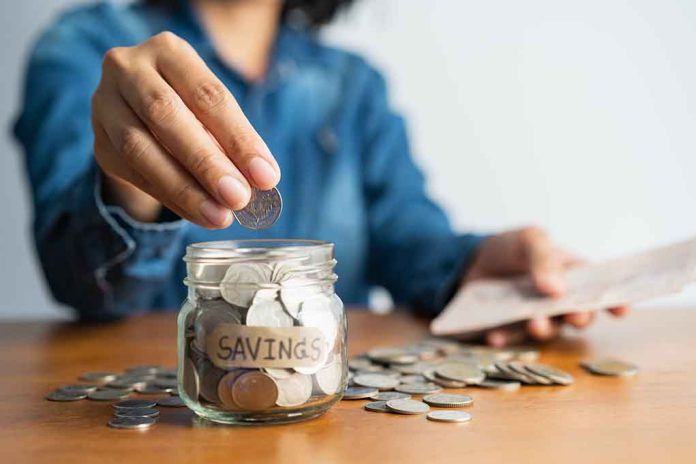
Building a personal emergency fund is a critical step toward safeguarding one’s financial future against unforeseen challenges.
At a Glance
- An emergency fund acts as a financial buffer for unexpected expenses, reducing reliance on debt.
- Start with small, consistent contributions that can grow over time and align with increasing financial capability.
- Automation of savings simplifies the process and enhances consistency.
- Consider high-yield savings accounts to maximize the fund’s growth.
Understanding an Emergency Fund
An emergency fund is a critical component of financial planning that sets aside cash for sudden and unanticipated expenses. This fund can avert financial disasters by covering costs like medical bills or car repairs without resorting to high-interest loans or credit cards. The recommended amount typically ranges from three to six months’ worth of expenses but should adjust depending on personal circumstances and historical expenses.
Consistent contributions are the cornerstone of a successful emergency fund. By making savings automatic, either through bank transfers or payroll splits, individuals can safeguard against the likelihood of skipping contributions.
Q5. How does having an emergency fund impact financial security, and what strategies can be used to build one? #CreditChat pic.twitter.com/qSTJnMkrYN
— Experian (@Experian) September 4, 2024
Strategies for Building Your Fund
Starting a fund might seem daunting, but it is best tackled through systematic, small contributions. Align your savings with financial growth, prioritizing them as non-discretionary expenses. This makes saving a regular habit. Using one-time windfalls, like tax refunds or bonuses, can rapidly boost the fund. Selecting a high-yield account improves growth, further enhancing financial resilience.
“Having a personal emergency fund has been incredibly beneficial in my career, especially when market conditions became unpredictable.” – John Gluch, Owner, Gluch Group
Regularly revisit financial goals to ensure the fund meets current life circumstances. Evaluate income and expenses to find savings opportunities. This approach ensures preparedness against potential financial shocks while promoting mindful spending.
How to Turn Emergency Funds Into Your Secret Weapon for Financial Security https://t.co/WwCDT40gp4 #ceo #entrepreneur
— Under30CEO (@Under30CEO) November 2, 2024
Final Thoughts on Financial Security
Setting up an emergency fund is just the beginning. It must be managed to remain effective. Keep funds separate from daily cash flow but easily accessible for emergencies. A strategic balance is essential for ensuring this reserve delivers the promised peace of mind.
“A 2024 Bankrate survey found that only 44% of Americans could cover a $1,000 emergency from their savings.” – Bankrate survey
A well-structured emergency fund acts as a lifeline in a world where financial uncertainties float unpredictably. It secures against the vagaries of life and sets the groundwork for a balanced financial future.
Sources:
- An essential guide to building an emergency fund | Consumer Financial Protection Bureau
- 5 Steps to Creating an Emergency Fund | Morgan Stanley
- How Should You Approach Building a Personal Emergency Fund? – TechBullion










